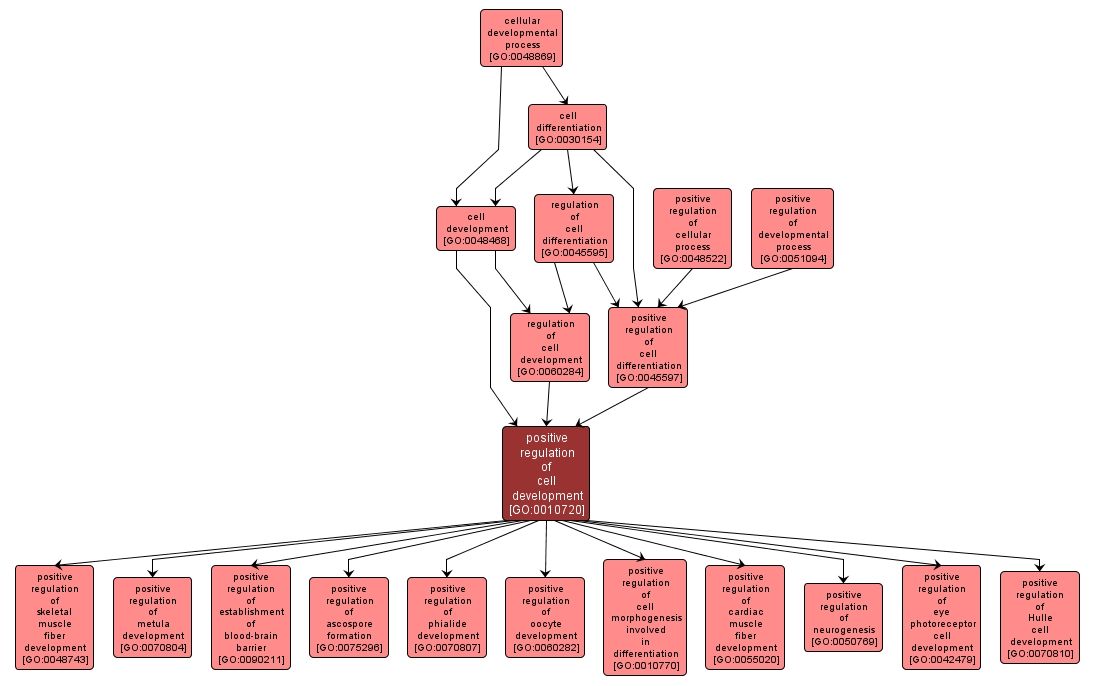GO TERM SUMMARY
|
| Name: |
positive regulation of cell development |
| Acc: |
GO:0010720 |
| Aspect: |
Biological Process |
| Desc: |
Any process that increases the rate, frequency or extent of the progression of the cell over time, from its formation to the mature structure. Cell development does not include the steps involved in committing a cell to a specific fate. |
|

|
INTERACTIVE GO GRAPH
|














